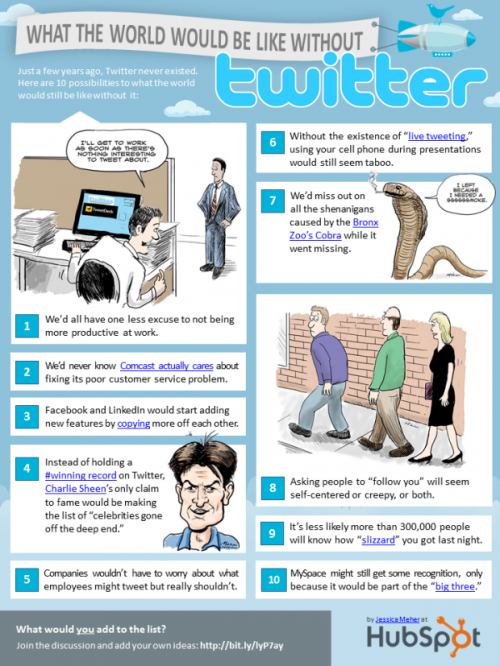Where should video feature as part of your content strategy?
At a recent Social Media Leadership Forum event, Bruce Daisley of YouTube shared his thoughts on what role online video can play in your company’s social media strategy.
More and more as the recession continues to bite, consumers planning to make considered purchases are active on a variety of digital channels as they make their way through a purchase funnel.
The media usage habits and preferences of intended audiences must inform marketeers’ decisions on how and where to target them, and whether a social media strategy makes sense for their brand.
One of the most interesting things is that this thought process is going on at every level of business – from T Mobile’s (21 million viewers) Royal Wedding spoof to, perhaps even more pertinently at the very other end of the scale, a convincing brand building video for a small Yorkshire based bed company by the name of Somnus. The company has relaunched their website using rich media such as video to underscore their premium brand values.
Not only is this a highly effective way of driving home the quality and craftsmanship of the brand, pushing the features and benefits of the company’s products and removing buying objections, but at the same time, since Google purchased YouTube in 2006 and re-weighted the search algorithms to favour websites that included video content, it means that they are very effectively virally marketing their company and product.
You can watch the simple but effective Somnus Video here.




